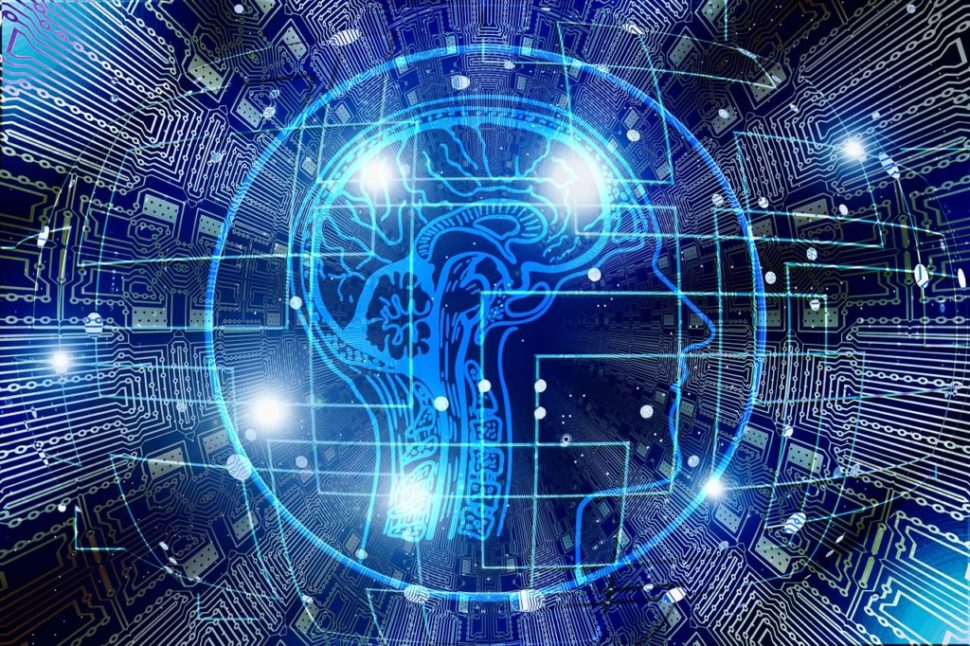A team of U.S.-based researchers has reportedly developed a deep learning network that allows machines to solve complex mathematical computations at the speed of light.
In a study published in the journal Science, researchers from the University of California-Los Angeles explained how they came up with a deep learning network that runs on light instead of electricity.
According to the team’s report, their new device functions on diffractive deep neural network or D2NN. The researchers believe that this new computing method could veer the power of machine learning algorithms into newer, higher gears.
To date, information is usually transferred as electrical impulses through intricate circuitries made up of silicon and copper materials. However, instead of relaying data through the metallic materials, the UCLA researchers 3D-printed multiple layers of a neural network that transmitted information using light pulses.
Read More: New Deep Learning Strategy Could Enhance Computer Vision
To do this, Lin’s team reportedly created small plastic plates using a 3D printer. Each plate represents a layer of virtual neuron which acts just like a biological neuron by transmitting or reflecting incoming light.
During their experiment, the team used five plates that they lined up facing each other, putting just small spaces in between. While the system runs, light from a laser hits the first plate to make it through to the next four plates and reveal the information about the object placed in front of the device.
Once the information-carrying laser light reaches the fifth plate, a sensor placed at the back of the device reads and interprets that data.
To test their idea, Lin’s team developed a real neural network that could determine numeric values from zero to nine. They then displayed 55,000 random images with numbers in front of their device. Their deep learning network was able to give up to 95 percent positive results.
While the researchers believe that calculations using light are cheaper and faster, there are still limitations to the new system. For instance, the device only works with a specific wavelength of light. Meaning, the system might not work with all kinds of objects.
The researchers are still working on their neural network system with the hope of developing dedicated devices for commercial purposes someday.



















Comments (0)
Least Recent